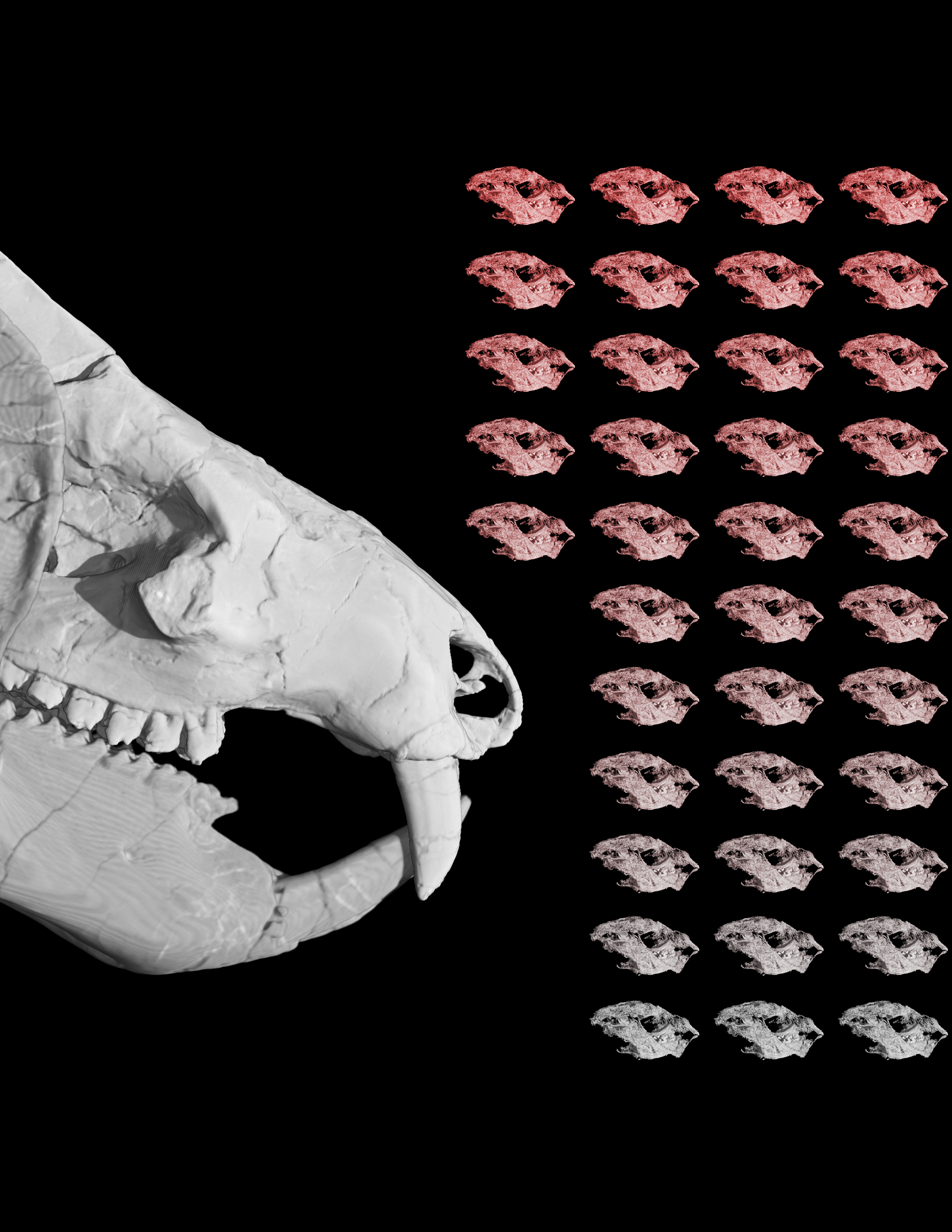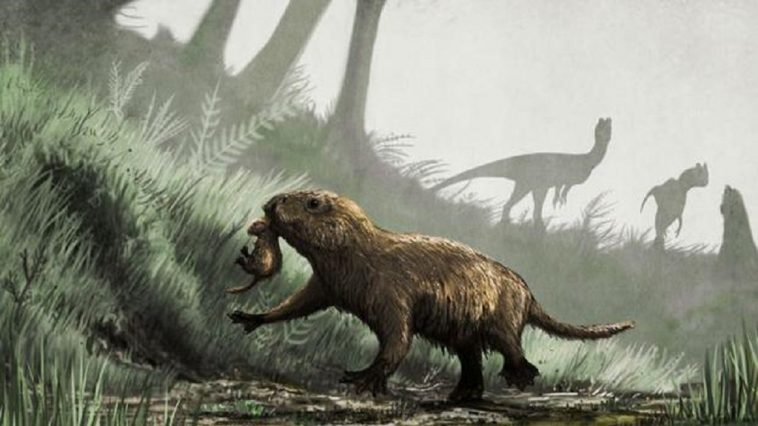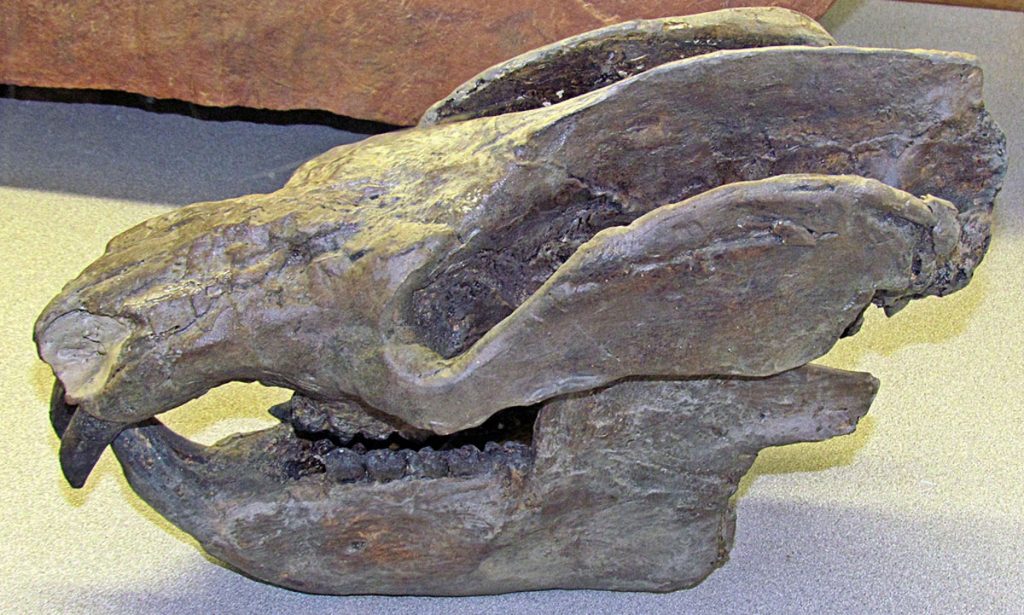
In an extremely rare find, researchers have discovered the fossil of an extinct animal—considered to be an early relative of mammals—lying next to her 38 babies.
The fossils, unearthed from sediments in the Kayenta Formation, are the only known fossils of babies from a mammal precursor. The extraordinary number of offspring (more than twice the size of average mammal litters today) suggests that relatives of mammals once reproduced more like reptiles, but have since traded large litters with tiny brains for smaller numbers of more developed babies. Larger brains mean greater success in the mammal class.

The species, named Kayentatherium wellesi, lived an estimated 185 million years ago during the Early Jurassic, when it would have walked alongside dinosaure. The herbivorous creature was likely hairy, the size of a beagle, and looked something like a large, reptilian rodent. It wasn’t a mammal, but a cynodont—a mammal precursor with reptile-like characteristics.
Cynodonts like these are often referred to as the “missing link” between reptiles and mammals.

The babies were likely developing inside eggs or had just hatched when they died, according to research published in the journal Nature. Close analysis shows that the skulls of the babies were nearly exact replicas of the adults, just smaller—about a tenth of the size of their mother.
“These babies are from a really important point in the evolutionary tree,” said lead researcher Eva Hoffman of University of Texas Jackson School of Geosciences in a statement. “They had a lot of features similar to modern mammals, features that are relevant in understanding mammalian evolution.”
Want to find out what this animal may have looked like? Check out the video below:




